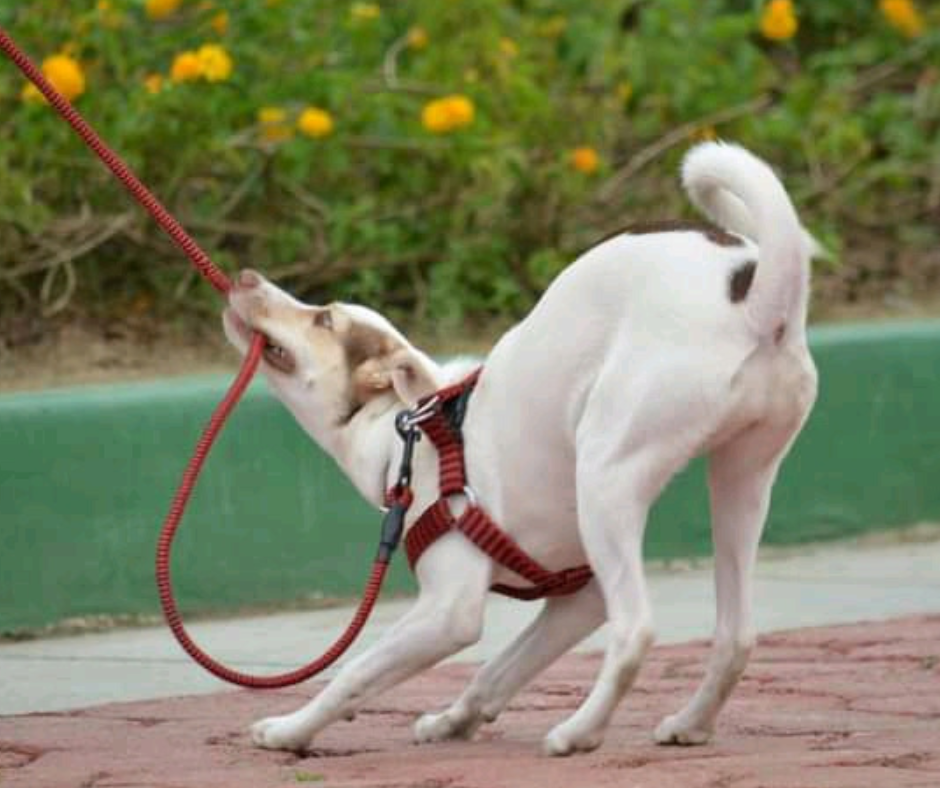
Teach Your Dog to Walk on a Lead Without Pulling
Being dragged down the road is a common problem for dog owners. Often teaching their dog to walk on a lead properly is put into the too hard basket. This leads to all sorts of trouble down the track, such as poor socialisation, not coming when called and other behavioural issues with your dog. While it’s not a fast process, teaching your dog to walk on a lead is relatively simple.
Why Do Dogs Pull on the Lead?
Dogs pull on their leads for many reasons including:
- Excitement
- Low self-control
- Environmental stimulation
- Humans walk slower than dogs want us to
It’s not a dominance issue, as lead pulling doesn’t mean your dog wants to be the boss. It’s important to get it sorted though, to let everyone enjoy going for a walk!
How to Train Your Dog to Walk on a Lead
When you have a young puppy, it’s not so much of a problem to have it pull at the lead. The problem is though, as a dog gets older, it gets stronger and soon it will be pulling you along the footpath. Training your dog to walk without pulling on the lead does require consistency and it’s here that most owners get into trouble.
To teach your dog loose lead walking, small training sessions often is best. Consequently, the big daily walk once or twice a day is not going to be productive for training. This means you will need to use a different way to exercise your dog. But when it comes to training your dog to walk on a lead, here are our top tips:
- Give a command – use one word or phrase which tells your dog to walk nicely, such as ‘let’s go’ or ‘with me.’ Have your dog by your site, say the phrase and start walking
- Have plenty of treats – when your dog is walking nicely by your side, reward with plenty of treats. Having small pieces of meat, cheese or dog roll in your hand ready to give means instant rewarding is possible, which dogs understand best.
- Stop – when you are being pulled, stop and refuse to go any further. Wait until they come back to your side or there is a loose lead. You could also walk in the opposite direction from where your dog is pulling too. This teaches them that you won’t go anywhere if they are pulling.
- Use training devices – head harnesses help teach a dog to walk on a lead by applying gentle pressure to their head, instead of around their neck.
For more great dog training information, don’t forget to check out our article on Crate Training Your Dog. For the best dog leads and collars, you can’t beat our online pet shop prices!
